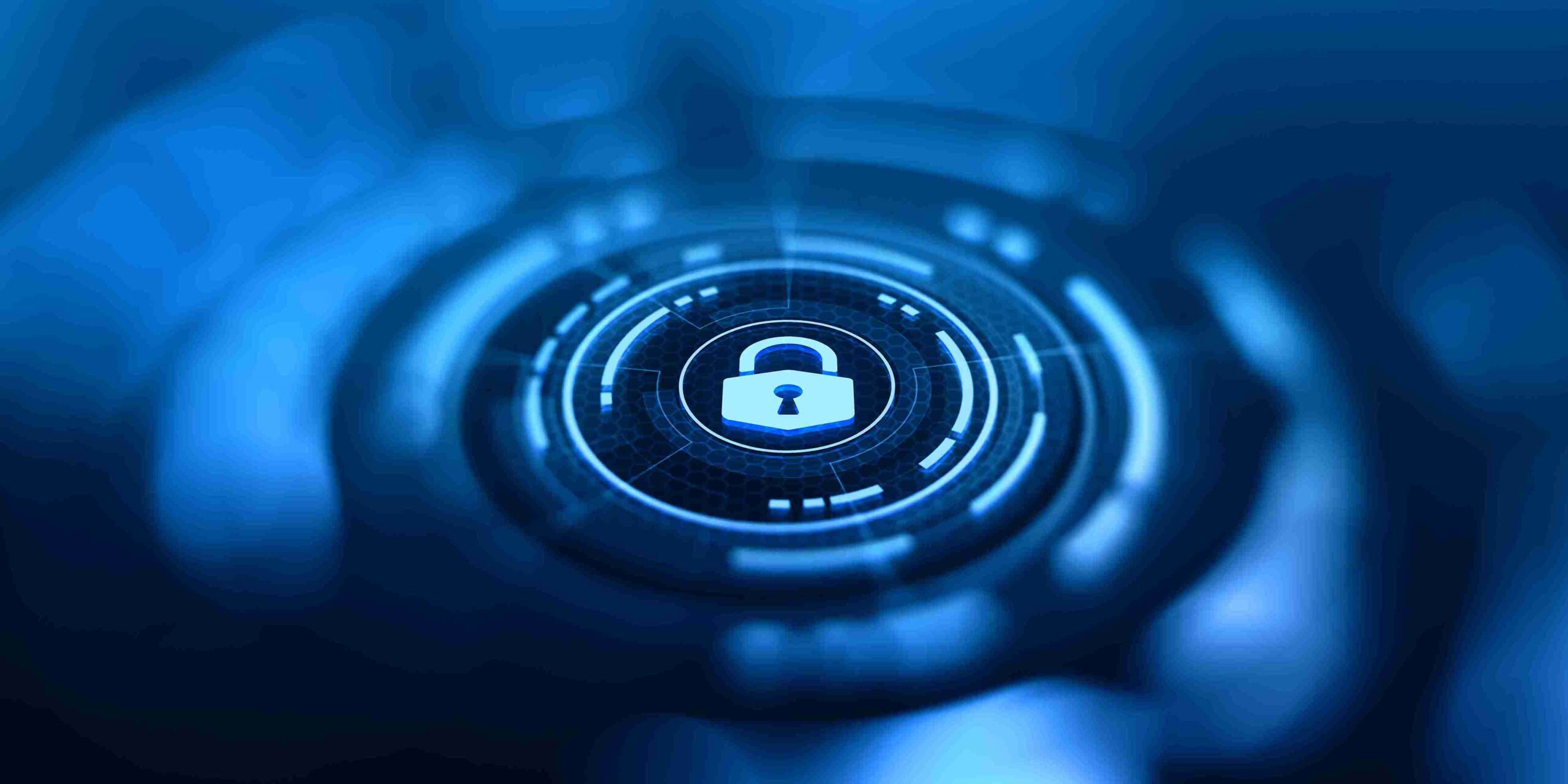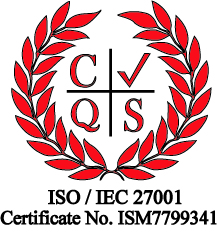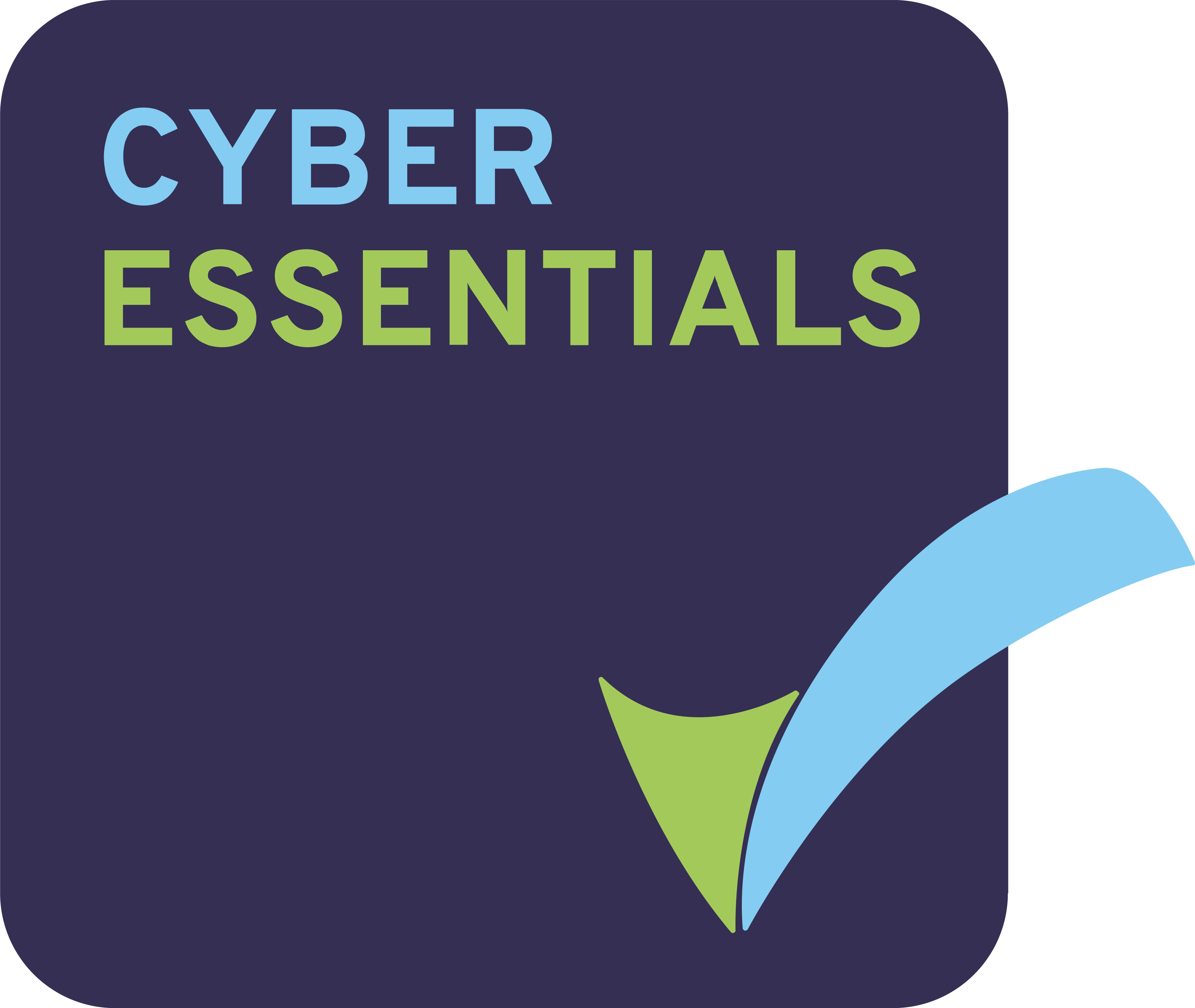An IAM solution is not an island. An effective solution needs to integrate with many systems across the business as part of a broader Enterprise architecture to perform its role.
Initially, IAM was a mostly passive pipeline between those systems holding people data (HR, etc) and those needing digital identities to identity people. Over time, IAM solutions adopted a more active role in Enterprise architecture, shaping identity data and enforcing access controls directly.
More recently, the advent of cloud computing, remote working, and digital transformation has meant that systems, services and users are increasingly numerous and footloose. This challenges architectural assumptions about perimeter security, user location and service provisioning. One of the consequences is that the perimeter firewall is losing its effectiveness as the boundary of trust.
Enterprises are responding to these challenges with Zero Trust architecture. In this paradigm, trust is no longer implied by the firewall. Instead, users and devices prove themselves trustworthy before they’re allowed to access resources. Zero Trust acknowledges that threats can come from anywhere, inside or outside the network perimeter. This means constantly checking the identities of all users and devices, no matter where they are, before giving them access.
The main principles of Zero Trust include:
- Protecting all assets by paying close attention to basic security practices like fixing important vulnerabilities, securing remote access, and improving threat detection. Adding additional security measures like multi-factor authentication can help strengthen password security. Proactively monitor your assets for suspicious activity. Remember that your assets may be located across multiple premises, private datacentres, cloud platforms and SaaS providers.
- Controlling access by carefully managing user accounts, access rights and adhering to the principle of least privilege by granting access to specific users, devices, and applications based on clear rules and context. This control is essential because you can’t rely on the perimeter firewall as a backstop.
- Knowing your people by having processes in place to manage the churn as they join and leave the organisations and change role. It is important to manage this churn. Proper training can help employees recognise and stop attacks like social engineering and email scams, making the whole organisation more resilient against cyber threats.
Implementing Zero Trust requires a holistic approach to the solution, and not just a product. It takes a mindset and framework for security, often requiring organisations to adopt different tools like multi-factor authentication and encryption. The range of technologies needed will vary according to need, so finding an experienced partner can help to find the right mix.
In conclusion:
As cyber threats continue to evolve in sophistication, relying solely on traditional perimeter-based security measures is no longer sufficient to safeguard valuable resources and data. Embracing Zero Trust Architecture offers a proactive and adaptive approach to cybersecurity, ensuring that trust is never assumed and always verified. By implementing robust Identity and Access Management solutions and adhering to the core principles of Zero Trust, organisations can establish resilient defence mechanisms against both internal and external threats.

 Australia
Australia Canada
Canada LATAM
LATAM New Zealand
New Zealand UAE
UAE United States
United States








